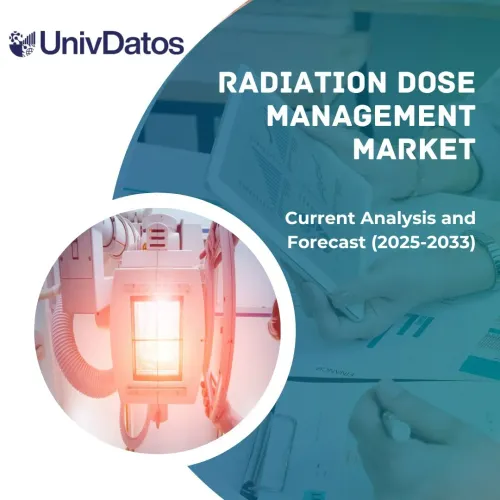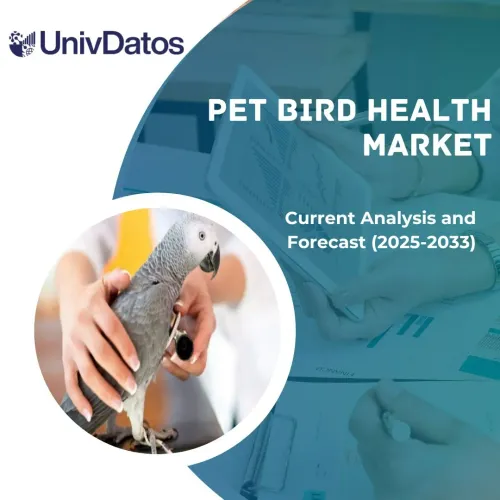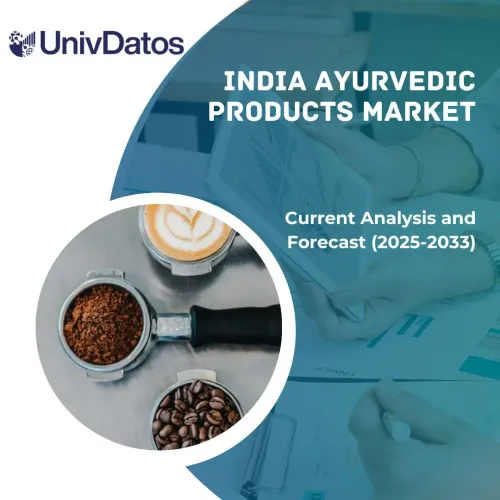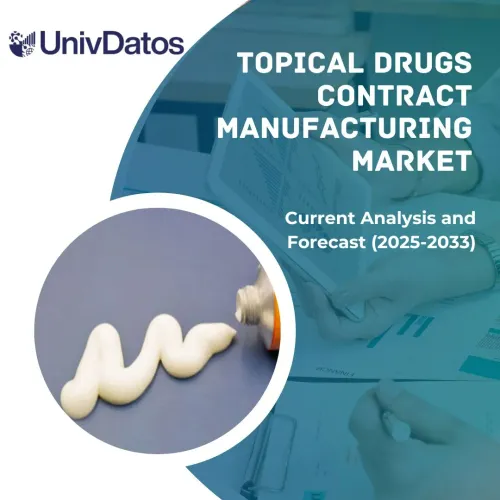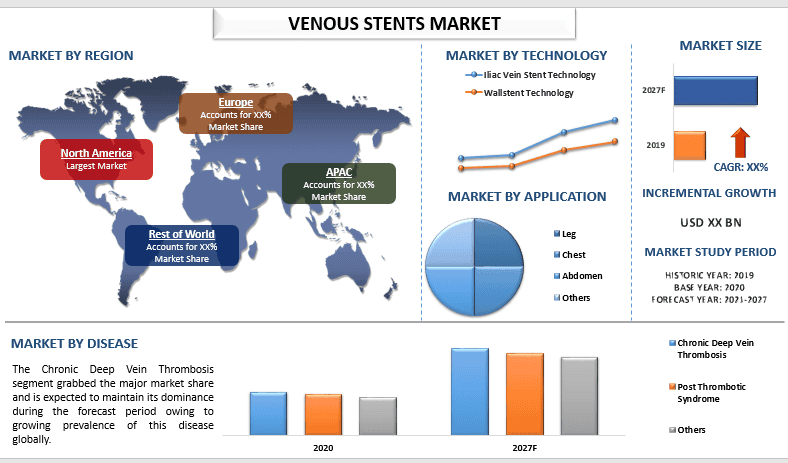
世界の静脈ステント市場は、予測期間(2021~2027年)に9.2%の妥当なCAGRで拡大し、2027年までに18億8,640万米ドルの市場評価に達すると予想されています。静脈ステントは、静脈に構造的サポートを提供するために静脈に配置される合金製のメッシュチューブです。さまざまな設計とサイズのものがあります。ステントは、圧縮された状態で血管カテーテルを使用して目的の領域に送達されます。ステントは通常、自己拡張型ですが、一部は膨張したバルーンの助けを必要とします。ほとんどのステントは一度配置されると容易に移動せず、必要に応じて除去することが非常に困難な場合があります。さらに、ステントは時間の経過とともに徐々に薬物を送達するように設計することもできます。動脈ステントと比較して、静脈ステントは、静脈系には血圧が低いため、より高い放射線強度で設計されています。さらに、静脈は動脈よりも収縮と拡張が大きいため、静脈ステントはより弾力性があります。
世界中で高齢化が進み、メディケア還付制度が利用可能になっていることで、市場の成長が加速しています。census.govによると、2030年代にはベビーブーマーが65歳を超え、アメリカ人口の21%が高齢者となるでしょう。これは2018年の15%からの著しい増加です。これに加えて、静脈ステント技術の進歩も、この地域の市場成長を促進しています。技術の進歩と高齢化人口の増加が、市場の成長を後押しする主な理由です。600万人以上のアメリカ人が慢性静脈疾患(CVD)を患っています。CVDは、静脈系の形態的および機能的な異常です。その症状には、痛み、脚の重さ、疲労、潰瘍、および浮腫が含まれます。閉塞が50%を超える場合、CVD患者に対してステント留置術が実施されます。CVDは高齢者に多く見られるため、米国における高齢化と座りがちなライフスタイルが、静脈ステント市場の成長を後押ししています。
50歳以上の年齢層における静脈不全の有病率(%)、2020年
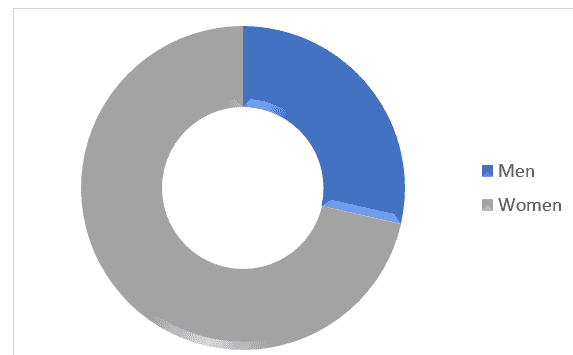
Boston Scientific Corporation、Medtronic Plc、Becton、Dickinson and Company、Plus Medica GmbH & Co. KG、Cook Medical、W. L.、Optimed Medizinische Instrumente GmBH、およびvesper、Shanghai MicroPort Endovascular MedTech(Group)Co.、Ltd.(“Endovastec™”)などの他の新興企業は、静脈ステント市場で活動している主要なプレーヤーです。これらのプレーヤーは、さまざまな地域でのプレゼンスを高めるために、いくつかのM&Aとパートナーシップを実施しています。
レポートに提示されたインサイト
「技術の中で、腸骨静脈ステント技術セグメントが主要なシェアを占めています」
技術に基づくと、静脈ステント市場は、腸骨静脈ステント技術とWallstent技術に二分されます。腸骨静脈ステント技術は、2020年にかなりの市場シェアを獲得すると予想され、その柔軟性、MRI適合性、良好なラジアルフォース、および低コストという要因が原因で、予測期間中に大幅に成長すると予想されます。
「用途の中で、脚セグメントが主要なシェアを占めています」
用途に基づくと、静脈ステント市場は、脚、胸部、腹部、およびその他のセグメントに分類されます。市場の脚セグメントは、2020年に主要な市場シェアを獲得し、今後数年間でかなりのCAGRで成長すると予想されます。脚セグメントが主要な位置を占めている主な要因は、深部静脈血栓症の有病率の増加です。米国では、毎年約90万人がDVTの影響を受ける可能性があります。さらに、DVTが治癒した人の約33%が10年以内に再発しました。
「疾患の中で、慢性深部静脈血栓症セグメントが主要なシェアを占めています」
疾患に基づくと、静脈ステント市場は、慢性深部静脈血栓症、血栓後症候群、およびその他のセグメントに分類されます。市場の慢性深部静脈セグメントは、2020年に最大の市場シェアを占め、予測期間中に有利に成長すると予想されます。慢性深部静脈血栓症の発生を増加させる主な要因は、高齢者人口の増加です。高齢者はDVTを発症しやすいため、年齢はこの病気において重要な要素であり、高齢者人口がこのセグメントの成長の理由となっています。2019年には、世界の人口の9%が65歳以上でした。国連の推計によると、2050年までに21億人の高齢者が存在するでしょう。
「北米は、静脈ステント市場の最大の市場の1つを表しています」
静脈ステント市場の市場ダイナミクスをより深く理解するために、北米(米国、カナダ、北米のその他)、ヨーロッパ(ドイツ、フランス、イタリア、英国、スペイン、ヨーロッパのその他)、アジア太平洋(中国、日本、インド、オーストラリア、APACのその他)および世界のその他を含む、世界中のさまざまな地域に対して詳細な分析が実施されました。北米は、静脈ステントに関する人々の意識の向上により、2020年に市場を支配しました。
このレポートを購入する理由:
- この調査には、認証された主要な業界専門家によって検証された市場規模と予測分析が含まれています
- このレポートは、全体的な業界パフォーマンスの迅速なレビューを1つの概要で提示します
- このレポートは、主要なビジネス財務、製品ポートフォリオ、拡張戦略、および最近の開発に焦点を当てた、著名な業界ピアの詳細な分析をカバーしています
- 業界で蔓延している推進要因、抑制要因、主要トレンド、および機会の詳細な検討
- この調査は、さまざまなセグメントにわたる市場を包括的にカバーしています
- 業界の詳細な地域レベル分析
カスタマイズオプション:
静脈ステント市場は、要件または他の市場セグメントごとにさらにカスタマイズできます。これに加えて、UMIは、お客様が独自のビジネスニーズを持っている可能性があることを理解しているため、お客様の要件に完全に適したレポートを入手するために、お気軽にお問い合わせください。
目次
静脈ステント市場の歴史的な市場の分析、現在の市場の推定、および将来の市場の予測は、世界中の主要地域における静脈ステントの採用を作成および分析するために実施された3つの主要なステップでした。歴史的な市場数を収集し、現在の市場規模を推定するために、徹底的な二次調査が実施されました。次に、これらのインサイトを検証するために、多数の調査結果と仮定が考慮されました。さらに、静脈ステント市場のバリューチェーン全体にわたる業界専門家との徹底的な一次インタビューも実施されました。一次インタビューを通じて市場規模の仮定と検証の後、トップダウン/ボトムアップアプローチを採用して、完全な市場規模を予測しました。その後、市場の細分化とデータ三角測量の手法を採用して、業界が関係するセグメントとサブセグメントの市場規模を推定および分析しました。詳細な方法論については、以下で説明します。
歴史的市場規模の分析
ステップ1:二次情報源の詳細な調査:
静脈ステントの歴史的な市場規模を取得するために、以下のような企業の内部情報源を含む詳細な二次調査が実施されました。年次報告書と財務諸表、業績プレゼンテーション、プレスリリースなど、および以下を含む外部情報源ジャーナル、ニュースと記事、政府出版物、競合他社の出版物、セクターレポート、サードパーティのデータベース、およびその他の信頼できる出版物。
ステップ2:市場セグメンテーション:
静脈ステント市場の歴史的な市場規模を取得した後、主要地域のさまざまなセグメントとサブセグメントの歴史的な市場インサイトとシェアを収集するために、詳細な二次分析を実施しました。レポートに含まれる主要なセグメントには、技術、用途、および疾患が含まれていました。さらに、静脈ステントの全体的な採用を評価するために、国レベルの分析が実施されました。
ステップ3:要因分析:
さまざまなセグメントとサブセグメントの歴史的な市場規模を取得した後、静脈ステントの現在の市場規模を推定するために、詳細な要因分析を実施しました。さらに、高齢者人口の増加や人々の意識向上などの従属変数と独立変数を使用して、要因分析を実施しました。世界中の静脈ステントセクターにおける主要なパートナーシップ、合併と買収、事業拡大、および製品発売を考慮して、需要と供給側のシナリオについて徹底的な分析が実施されました。
現在の市場規模の推定と予測
現在の市場規模のサイジング:上記の3つのステップからの実用的なインサイトに基づいて、現在の市場規模、静脈ステント市場の主要プレーヤー、およびセグメントの市場シェアに到達しました。上記の二次アプローチを使用して、すべての必要な割合シェア分割と市場の内訳が決定され、一次インタビューを通じて検証されました。
推定と予測:市場の推定と予測については、推進要因とトレンド、抑制要因、および利害関係者が利用できる機会を含むさまざまな要因に重みが割り当てられました。これらの要因を分析した後、関連する予測手法、つまりボトムアップアプローチを適用して、2027年頃の主要市場全体にわたるさまざまなセグメントとサブセグメントに関する市場予測に到達しました。市場規模を推定するために採用された調査方法には、以下が含まれます。
- 主要市場における静脈ステントの、価値(米ドル)と採用率の観点からの業界の市場規模
- 市場セグメントおよびサブセグメントのすべてのパーセンテージシェア、分割、および内訳
- 製品の観点からの静脈ステント市場の主要プレーヤー。また、この急速に成長している市場で競合するためにこれらのプレーヤーが採用した成長戦略
市場規模とシェアの検証
一次調査:主要地域全体で、主要オピニオンリーダー(KOL)との詳細なインタビュー(トップレベルのエグゼクティブ(CXO / VP、販売責任者、マーケティング責任者、運用責任者、および地域責任者、カントリーヘッドなど)を含む)が実施されました。一次調査の結果が要約され、統計分析が実行されて、述べられた仮説が証明されました。一次調査からのインプットは二次的な結果と統合され、それによって情報が実行可能な洞察に変わりました。
さまざまな地域における一次参加者の分割
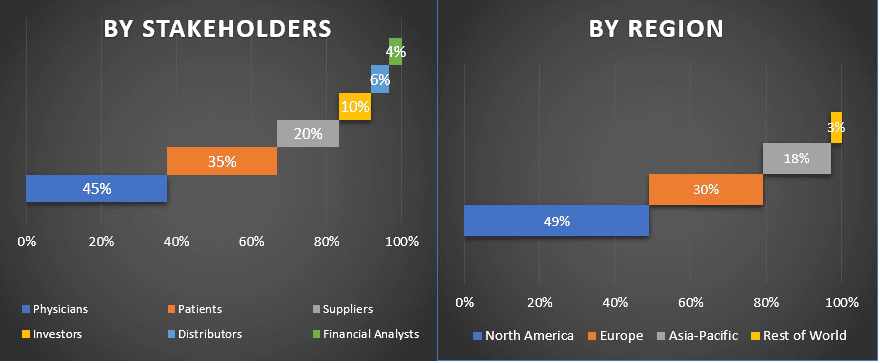
市場エンジニアリング
データ三角測量技術を採用して、市場全体の推定を完了し、静脈ステント市場の各セグメントとサブセグメントの正確な統計数値を導き出しました。データは、静脈ステント市場のタイプとそのタイプなど、さまざまなパラメータと傾向を調査した後、いくつかのセグメントとサブセグメントに分割されました。
静脈ステント市場調査の主な目的
静脈ステントの現在のおよび将来の市場動向が調査で特定されました。投資家は、調査で実行された定性的および定量的な分析から投資の裁量権の基礎となる戦略的洞察を得ることができます。現在のおよび将来の市場動向は、地域レベルでの市場の全体的な魅力を決定し、業界参加者が未開拓市場を利用して、ファーストムーバーアドバンテージとして利益を得るためのプラットフォームを提供しました。調査のその他の定量的な目標には、次のものがあります。
- 静脈ステントの現在のおよび予測市場規模を金額(米ドル)で分析します。また、さまざまなセグメントとサブセグメントの現在のおよび予測市場規模を分析します
- 調査のセグメントには、タイプとそのサブタイプの領域が含まれます
- 静脈ステント業界の規制枠組みの定義と分析
- さまざまな仲介業者の存在に関連するバリューチェーンを分析し、業界の顧客と競合他社の行動を分析する
- 主要地域における静脈ステント市場の現在のおよび予測市場規模を分析する
- レポートで調査された主要地域には、北米(米国、カナダ、および北米のその他の地域)、ヨーロッパ(ドイツ、英国、フランス、スペイン、イタリア、およびヨーロッパのその他の地域)、アジア太平洋(中国、日本、インド、オーストラリア、およびその他)、および世界のその他の地域が含まれます
- 静脈ステント市場の企業プロファイルと、急速に成長している市場で持続するために市場プレーヤーが採用した成長戦略
業界の詳細な地域レベル分析
関連 レポート
この商品を購入したお客様はこれも購入しました


